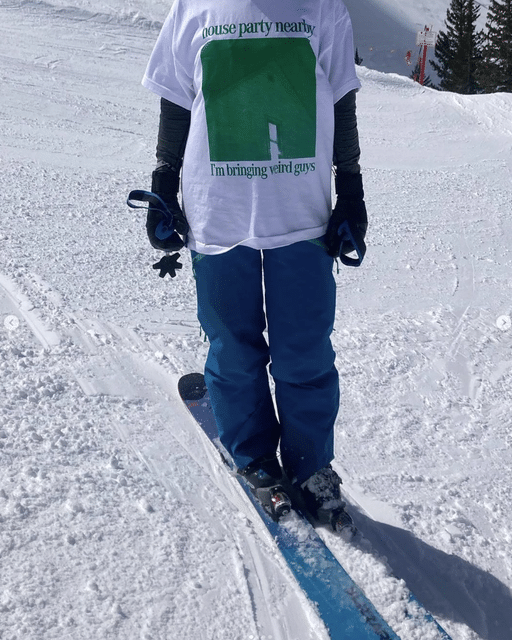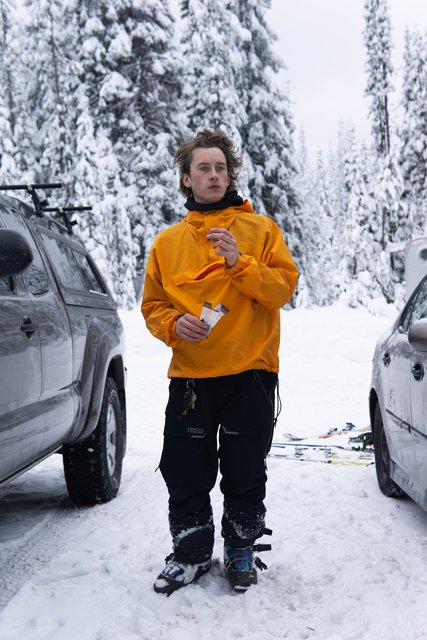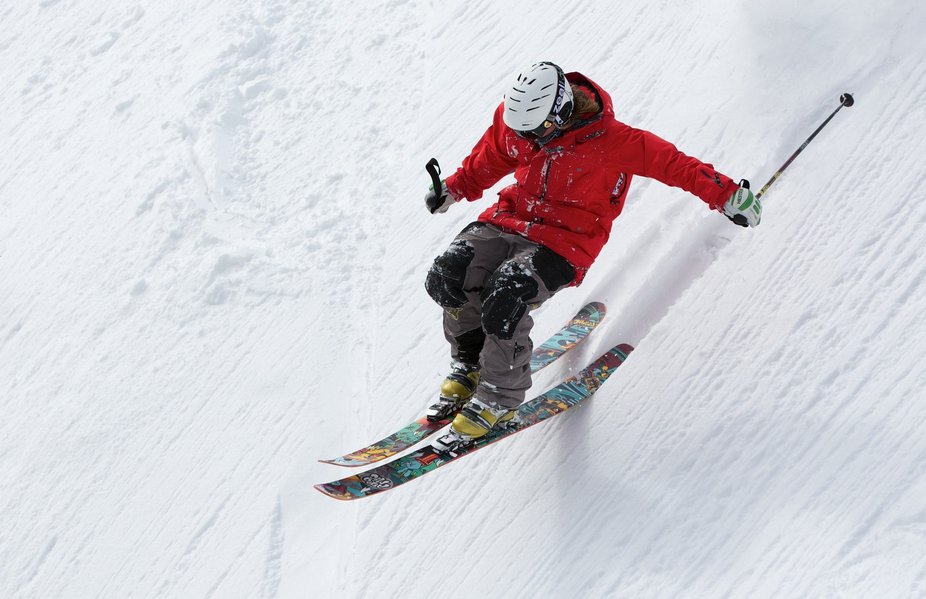Image: Fellers back in the day sporting some 2016 looks.
Before you grab the pitchforks, I know saying core isnt cool anymore.
It was during this time that I stumbled across Yoke Collection.

The rail wizardry, unique designs, and creative videos quickly pulled me in.
His outerwear, videos, and trick selection were all on point.
In watching Yoke and The Weak videos, I oscillated between looking up to him and wanting tobehim.

My first Yoke Collection purchase was a fuzzy brown five-panel.
Later, I bought a t-shirt that became a consistent wardrobe staple for several years.
Being the proud owner of a piece from a stylish, lesser-known brand offered a unique high.

Whenever I wore my Yoke hat, I felt like I was part of a secret club.
Its a way of dressing, a way of acting, and a way of skiing.
Its cool and exclusive, an indicator of in-group understanding.

Lets run through some examples to round this out.
Jibbing a bench while drinking Fourlokos, probably core.
Only skiing under the chairlift, maybe not.
Wearing Arsenic and lip on blind twoing every rail in the park?
Jokes aside, these examples highlight a fundamental point.
Core is endlessly debatable and unique to specific subcultures.
If you asked me what surfers think is core, Id be at a loss.
Shitting on Von Zipper?
I have no idea.
Core isnt permanent, either.
In the late 2000s and early 2010s, Saga wasthebrand for serious park skiers.
To wear Saga was to indicate that you knew what was up.
Now, the kids are more stoked on windbreakers, techy gear, and darker colors.
As time passes, whats considered core changes.
This isnt your average pair of pants, though.
Theyre a pair of rare vintage army BDUs with the perfect cut and proportions.
Milgirms employer is Hubertus Bigend, the boss of a viral advertising agency called Blue Ant.
Image: Carter wearing Full Tilts without a walk mode to tour, he gets it.
Take my experience with Yoke.
In purchasing a Yoke piece, I seemed to quell these concerns and desires in one swoop.
Yoke was not a brand hellbent on profiteering off core appeal, and nothing about their brand was fabricated.
They were just a couple of dudes passionate about skiing and making clothes.
Adult me is still interested.).
The problem is, simulating core when youre a multi-million-dollar brand isnt easy.
More prominent ski brands have some techniques to weasel their way into the scene, though.
Limited brand collaborations can effectively certify the exclusive nature of gear, too.
These are all business decisions.
Corporate brands are acutely aware of this fact.
Im all for Gilson throwing free rail jams, even if theyre doing so to up their core appeal.
The same rule applies to ON3P; having a stacked team is symbiotic, not exploitative.
The brand boosts its status, and its riders get free gear.
The lynchpin here is intent.
Is a brand trying to take away from skiing and make a quick buck?
Or are they actively contributing to the culture of the sport?
However, the concept it describes is not.